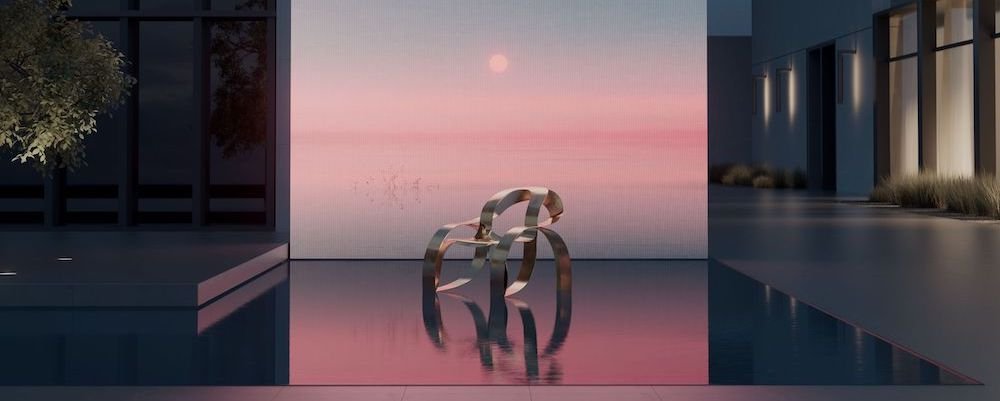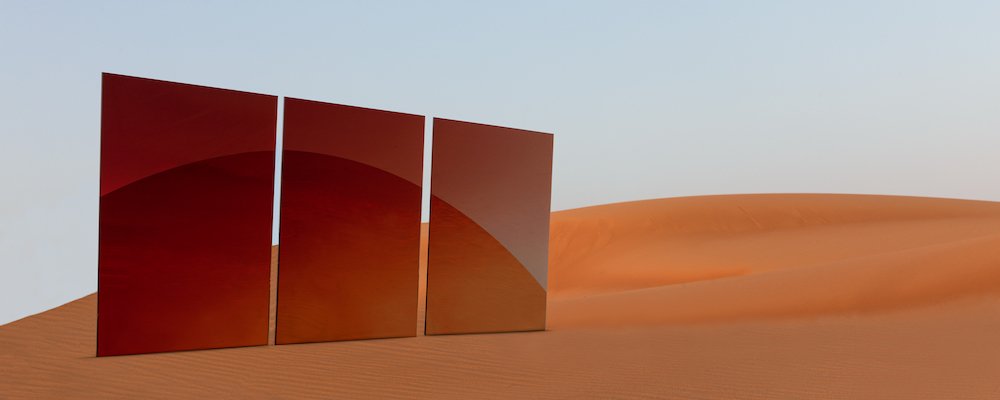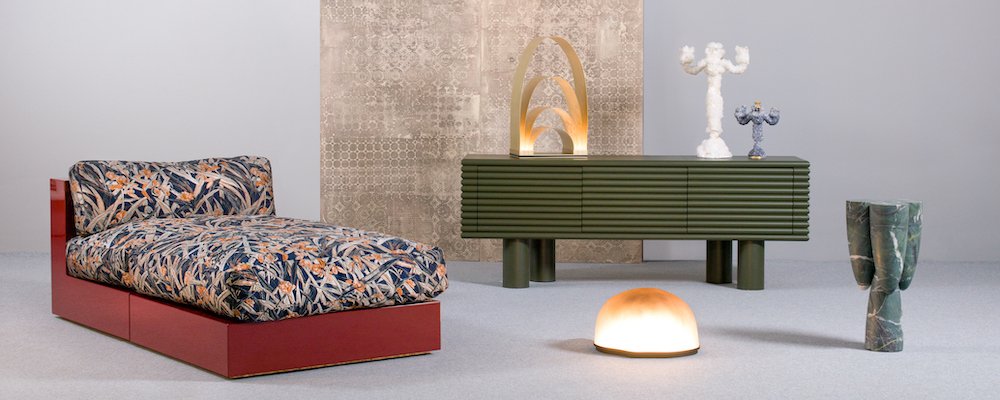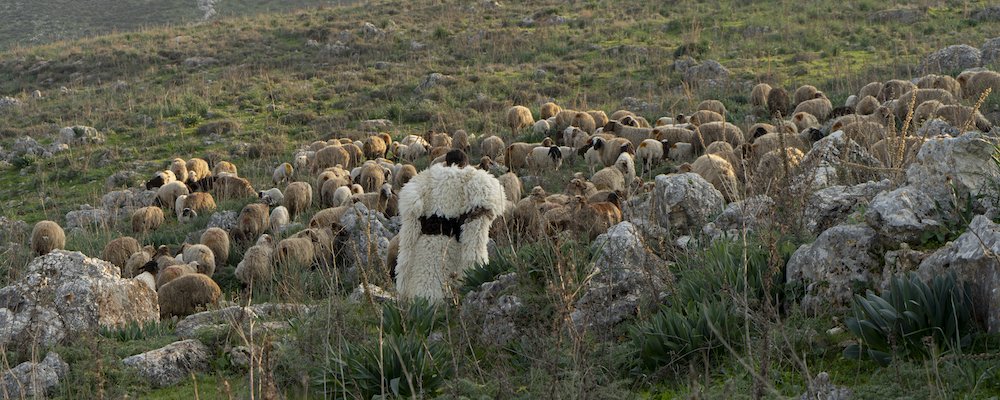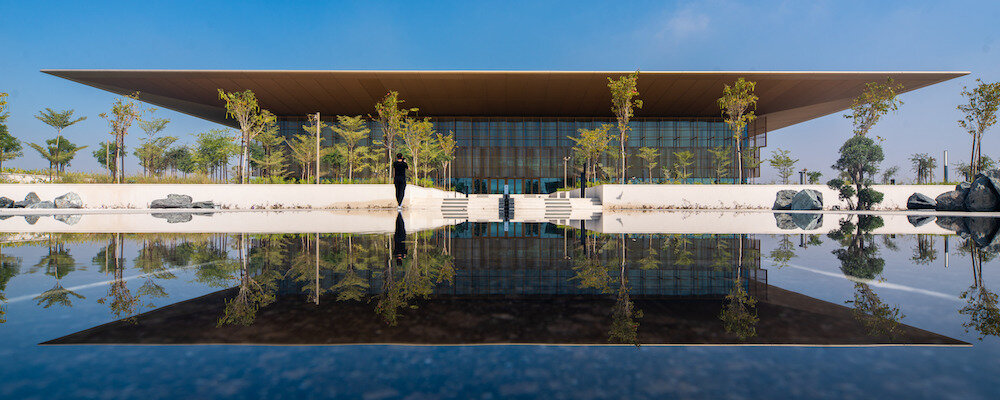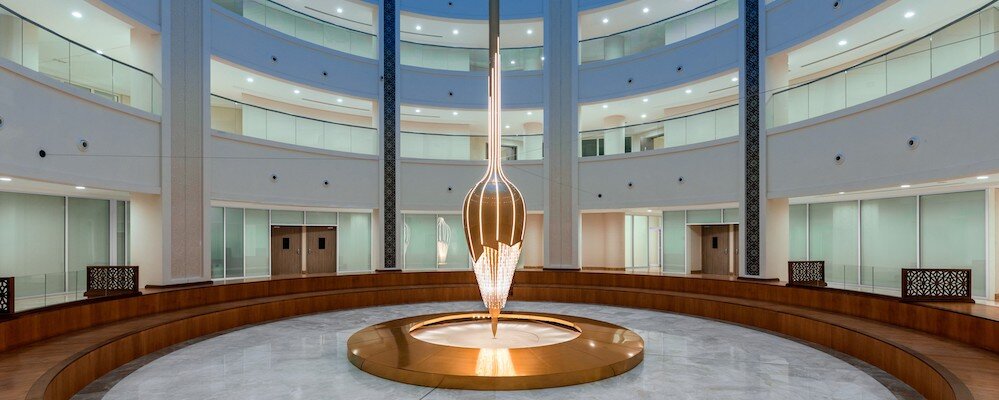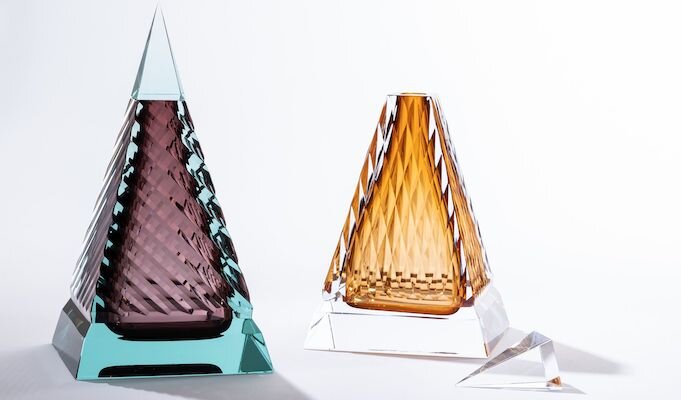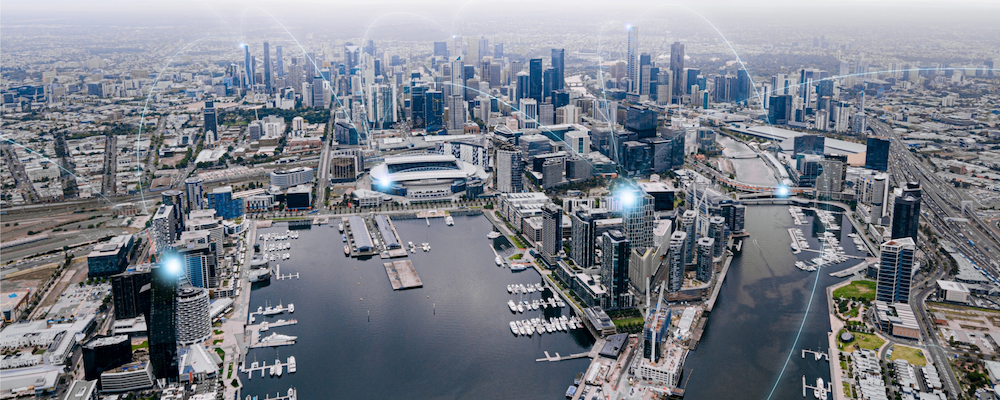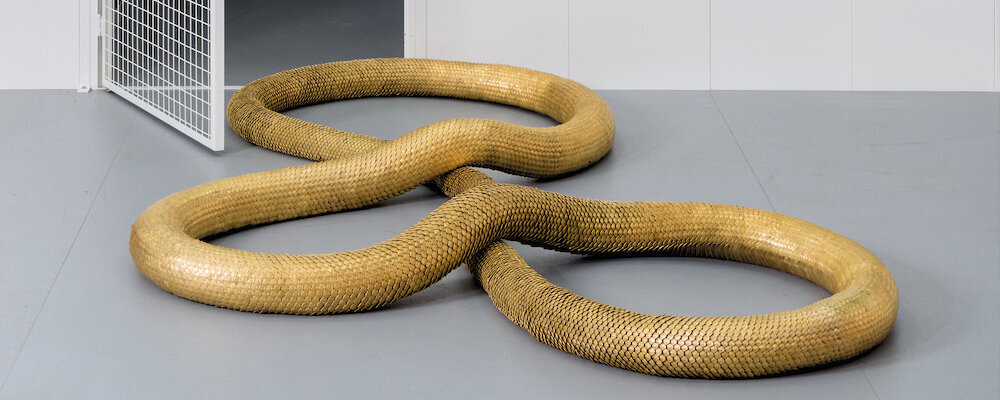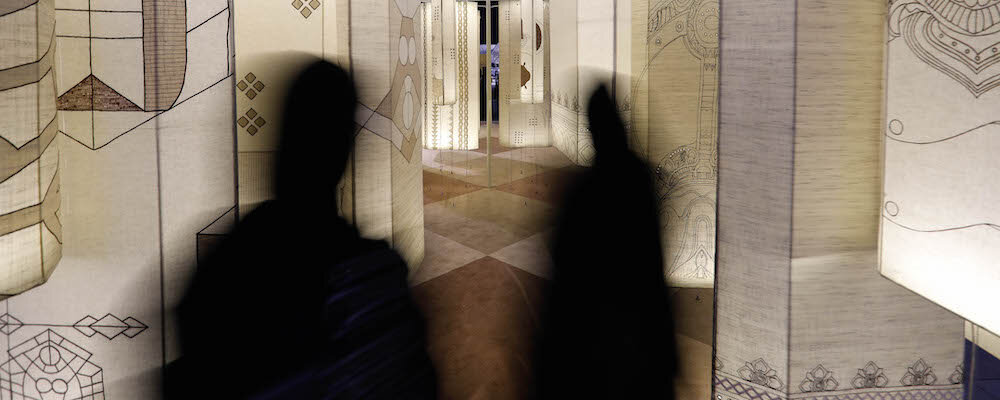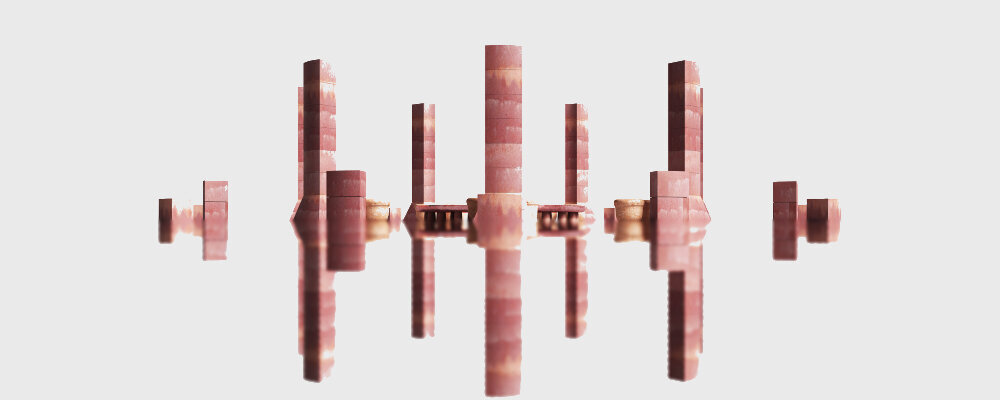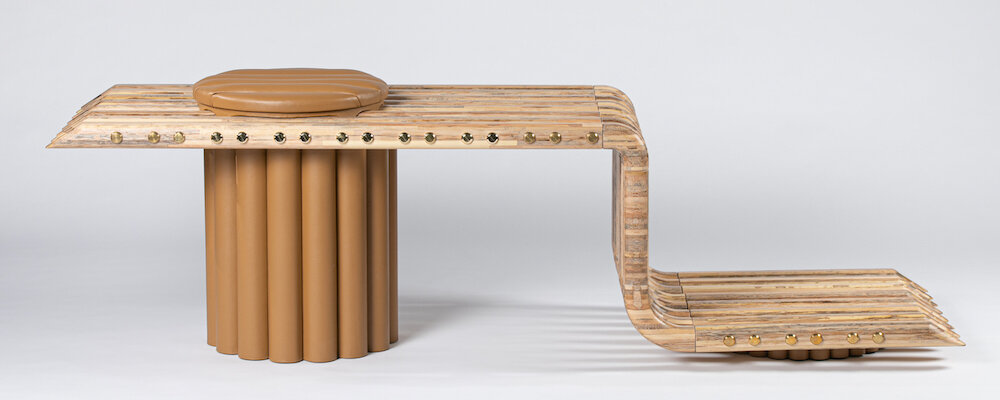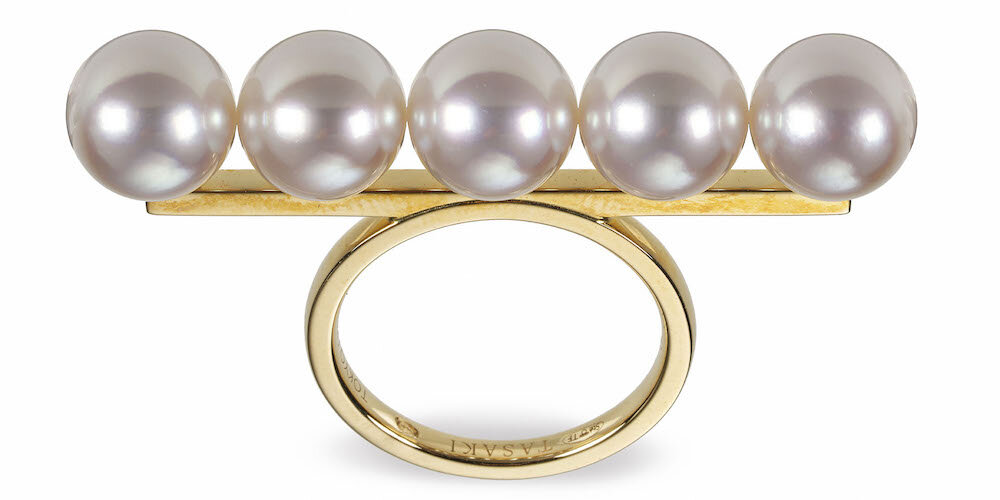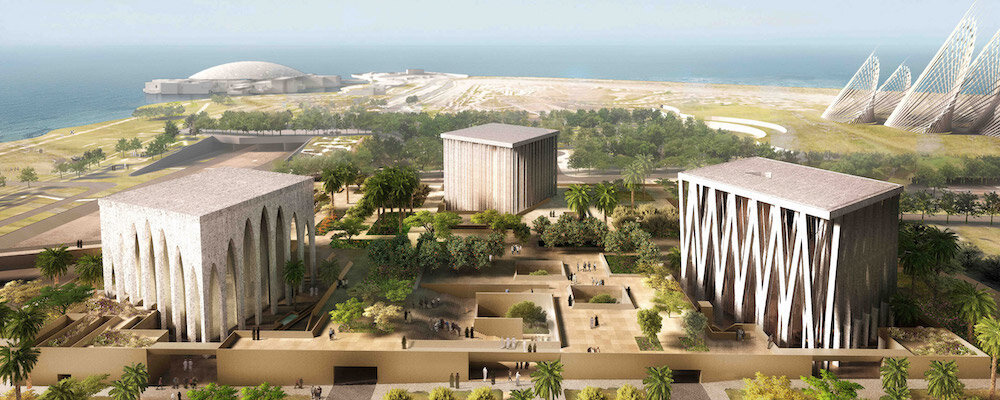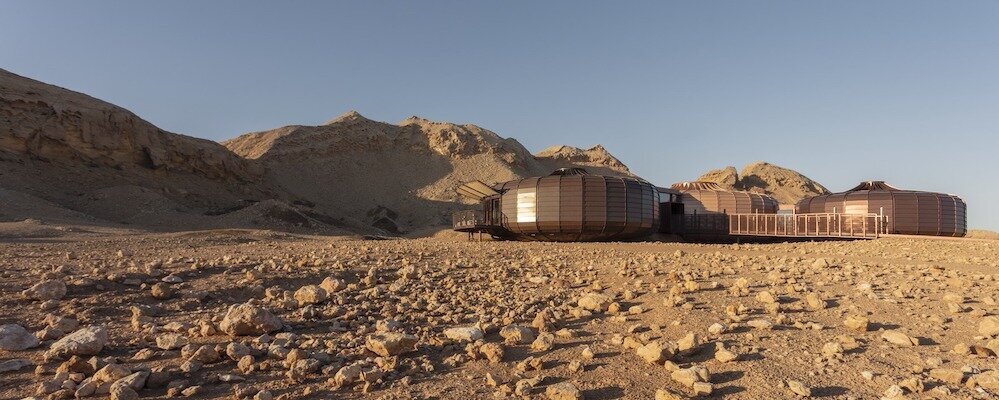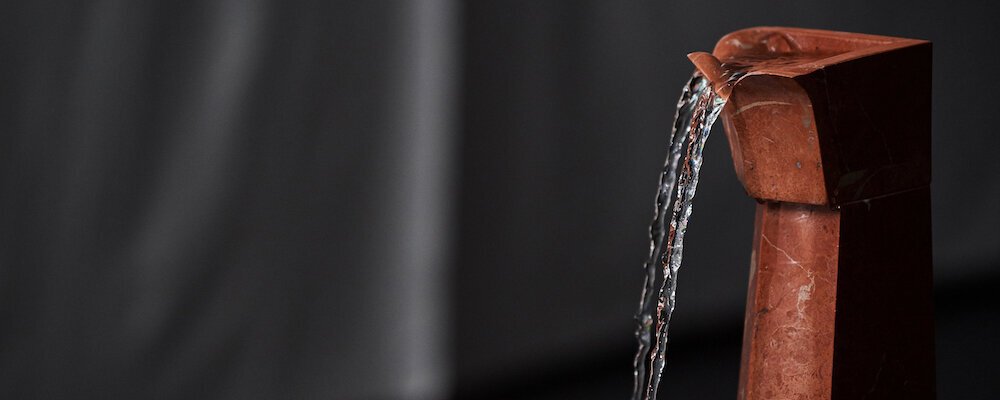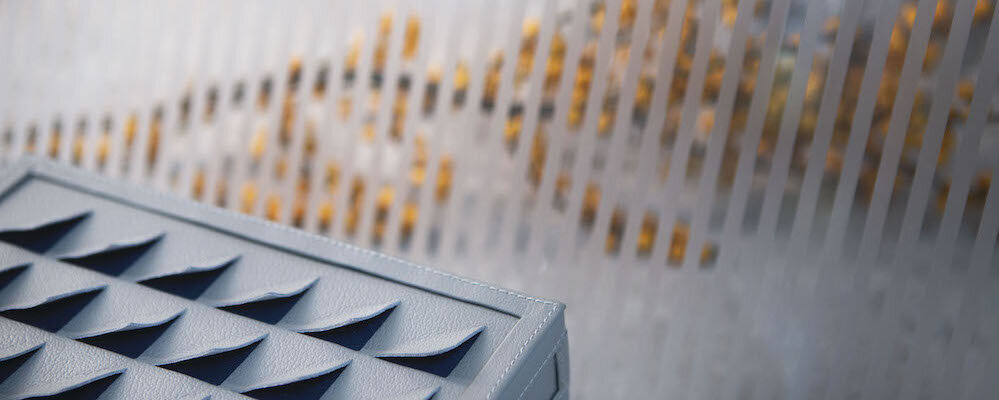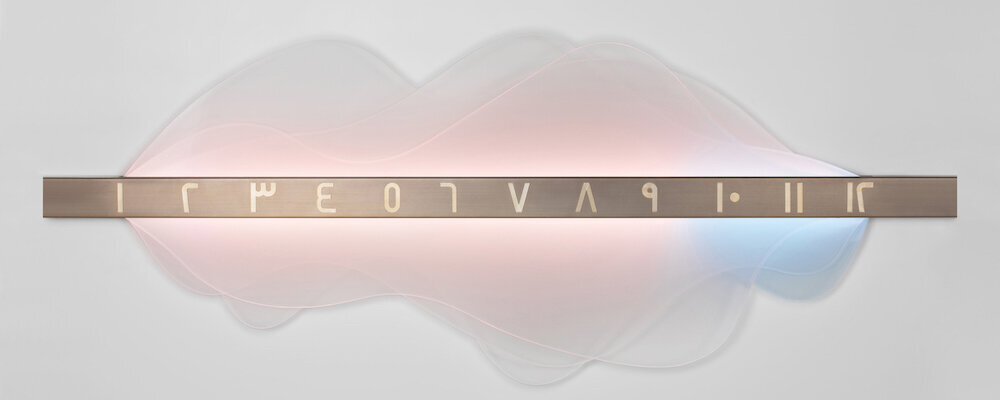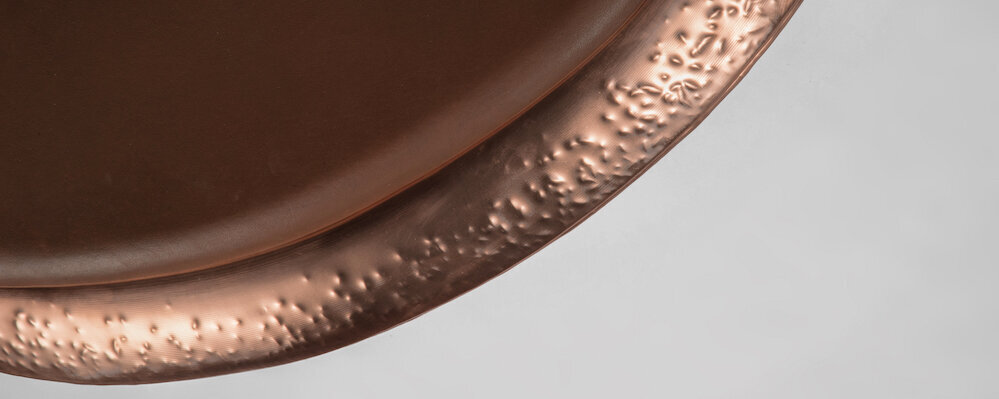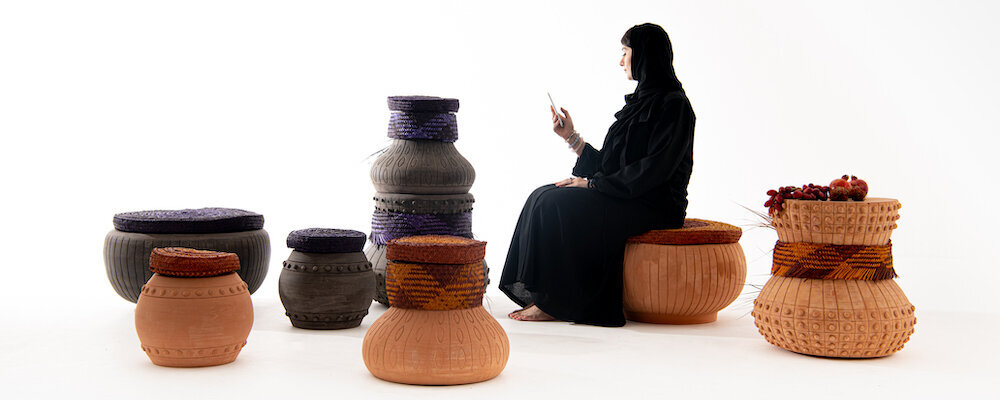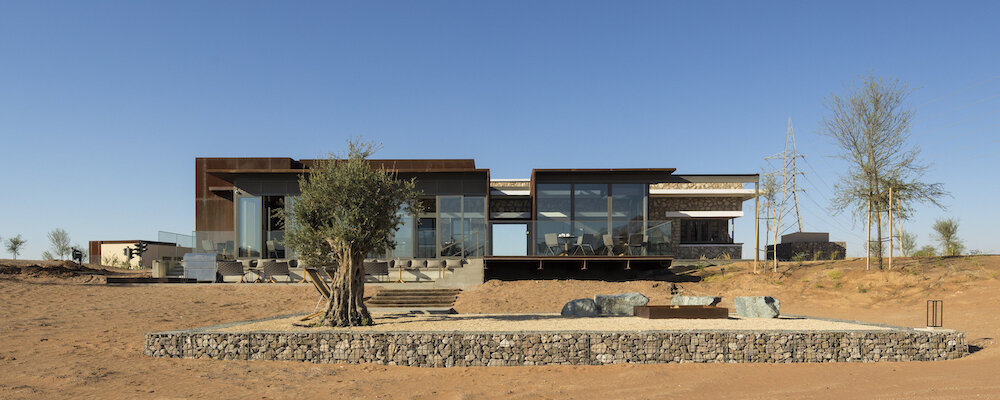Tanween 2019 - Made in the UAE by Tashkeel
Dubai Design Week 2019 – Tashkeel unveils the sixth edition of its Tanween programme with new creations by Abdalla Almulla, Lana El Samman and Yara Habib.
If there is one specific initiative I like in the UAE, it is Tanween by Tashkeel. By far, the energy and vision behind Tashkeel’s founder and her team have been a driving force to position the UAE as one of the design leaders in the region.
Tanween is an intensive twelve-month development programme for innovative emerging designers working in the UAE. It is structured and founded on core attitudes, parameters and values: empathy to people, objects and environments; a focus on skills, materials and production processes innate to the region; an intention to trigger cross-cultural dialogues and experimentation; and an insistence on authenticity and rigour in both design and production.
Since 2013, Tanween has defined itself as a brand born of exhaustive and experimental learning. It matures and re-consolidates its ethos with every edition. The cross-generational mentorship and exchange seen in the growing Tanween community are an organic articulation of the programme’s essence of collaboration and dialogue.
In a city such as Dubai, where manufacturers are often working to large, mass orders, bespoke design and production situated entirely in the country is rare. Through Tanween, designers have forged creative and fruitful partnerships with highly skilled craftspeople, the same ones who build dhow boats; produce khoos, weave Al Sadu and produce camel leather.
Traces of Time by Abdalla Almulla (Timepiece, 2019)
Stretching to the horizon and making up the vast majority of the natural landscape, sand dunes are the most symbolic characteristic of the United Arab Emirates. These iconic formations change shape over time, sculpting the interaction of air and sand; a direct manifestation of the push and pull of wind on mounds of sand. An integral contributing part of Bedouin communities in the UAE, the multifaceted dimensions of a dune, changing from first-person view to top-down photography, make it a remarkable and ever evolving part of the UAE’s natural environment, continuing to provide shelter to a diverse ecological system.
Traces of Time is the concluding result of Abdalla Almulla’s detailed studies of dune phenomena through wind patterns. The product explores the formation of sand dunes, allowing the user to experience this natural phenomenon through the passage of time and movement of light. Inspired by the process of formation of the rich geometry and patterns that exist in the desert landscape, Abdalla designed a product that looks at time, light and movement. The built-in timer moves light across the timepiece, gradually illuminating each of the six profiles as the day progresses, using two different colours of light to represent day and night. As the light moves, it brightens each numeral positioned in front of the profiles to indicate the current time.
Abdalla designed the main acrylic feature of Traces of Time to mimic the official wind studies and graphs of Dubai in 2018 – 2019. Using this data alongside visual studies through drone photography, Abdalla was able to bring together the aesthetic and topographic elements of the natural landscape in a design piece that transports a visual indication of dune formation into a domestic environment. The body of the piece incorporates antique brass finish, evoking the UAE’s heritage and ensuring the product retains its solidity and quality to stand the test of time.
Abdalla Almulla is an Emirati architect and founder of MULA design studio.
In 2014, he received a Bachelor of Architecture from Woodbury University, San Diego, USA and was awarded the Grand Critique Faculty Choice Award and the Best Degree Project Award in architectural design graduation research based on geometric explorations.
Mokaعab by Lana El Samman (Modular table / shelf, 2019)
Lana El Samman chose the traditional architectural practice of locally woven palm-leaf (arish) as her starting point. Palm leaf has been used in many imaginative and ingenious ways to construct buildings, creating a cool interior that emits a beauty in the patterned shadows that alter during the day as the sun travels through the sky.
Mokaعab seeks to share such centuries-old skills with a new generation who call the UAE home. The traditional weaving technique of dried palm fronds (khoos) practiced by women has historically been used for various objects as well as wall and ceiling decorations.
When designing Mokaعab (cube in Arabic), Lana’s intention was to interpret Emirati culture, traditional craftsmanship and contemporary design by using a variety of materials and methods. Each cube is made of a wooden structure connected by metal angular components that are welded together to create a uniform shape that can be stacked or laid out to fit the intended space. The surface part of the cube is intricately woven from camel leather and khoos. Lana worked closely with Sharjah Institute for Heritage to interpret the traditional craftsmanship within a modern element. The strands of camel leather provide the necessary sturdiness and rigidity for a functional surface while the hand-carved vertical wooden tubes accentuate the beauty of UAE craftsmanship.
Leaving Lebanon as a child, Lana continued her studies in Canada to obtain a Bachelor’s in Interior Design and a Masters’ degree in Italy at the Florence Institute of Design International (FIDI).
In the UAE, Lana worked at the Sharjah Art Foundation and worked in the production and design team before joining Moltini & C.
Katta by Yara Habib (Room divider, 2019)
In the UAE, congregational bedouin tents were called 'Bayt Al-Sha’r' (literally the ‘House of Hair’), a reference to the goat hair, which was handwoven using a craft technique called Al Sadu by the women of the community. The tent’s interior divider was one of its most salient features, practically dividing the common and private spaces to differentiate between the public space for the community, and the private space for the family. The dividers would be also be decorated using the distinct Al Sadu weaving style and adorned with geometrical patterns and rich colours.
In designing Katta, Yara Habib considers the traditional tent divider as a witness to dialogue and harmony, developing a design that balances respect, culture and openness. The resulting room divider provides “personalised privacy”, the levels of which can be controlled via interactive rotating elements. The screen becomes a reflection of tolerance that respects boundaries, inviting the user to decide how much to reveal or conceal through the different layout combinations that Katta offers.
Katta is a screen-divider that holds 400 pieces made of a variety of materials with individually hand-woven wooden panels, inspired by the traditional patterns and crafts of the UAE. Each individual panel can rotate and pays special attention to the shapes, symmetry and rhythm that is particularly found in Al Sadu; and uses wood, aluminium, Corian and faux suede to bring together all the intricate elements.
The complex and arduous process of weaving the threads into each panel is a way for the designer to connect with the history and tradition she is inspired by, evoking the motions of the Bedouin women who would gather to prepare, dye and weave the goat hair for the 'Bayt Al Sha’r'. The harmony of materials and form, each complementing and supporting the other to form the entirety of the product, is an essential design feature of the screen divider that is inspired by the cultural diversity and peaceful coexistence characteristic of the UAE.
Yara Habib is a Lebanese-Canadian designer who grew up in the UAE. She holds a BA in Graphic Design from the Lebanese American University and an MA in Graphic Branding and Identity from the London College of Communication.
Before moving back to the UAE, Yara had established her own branding and design studio and worked in both Montreal and Lebanon.












